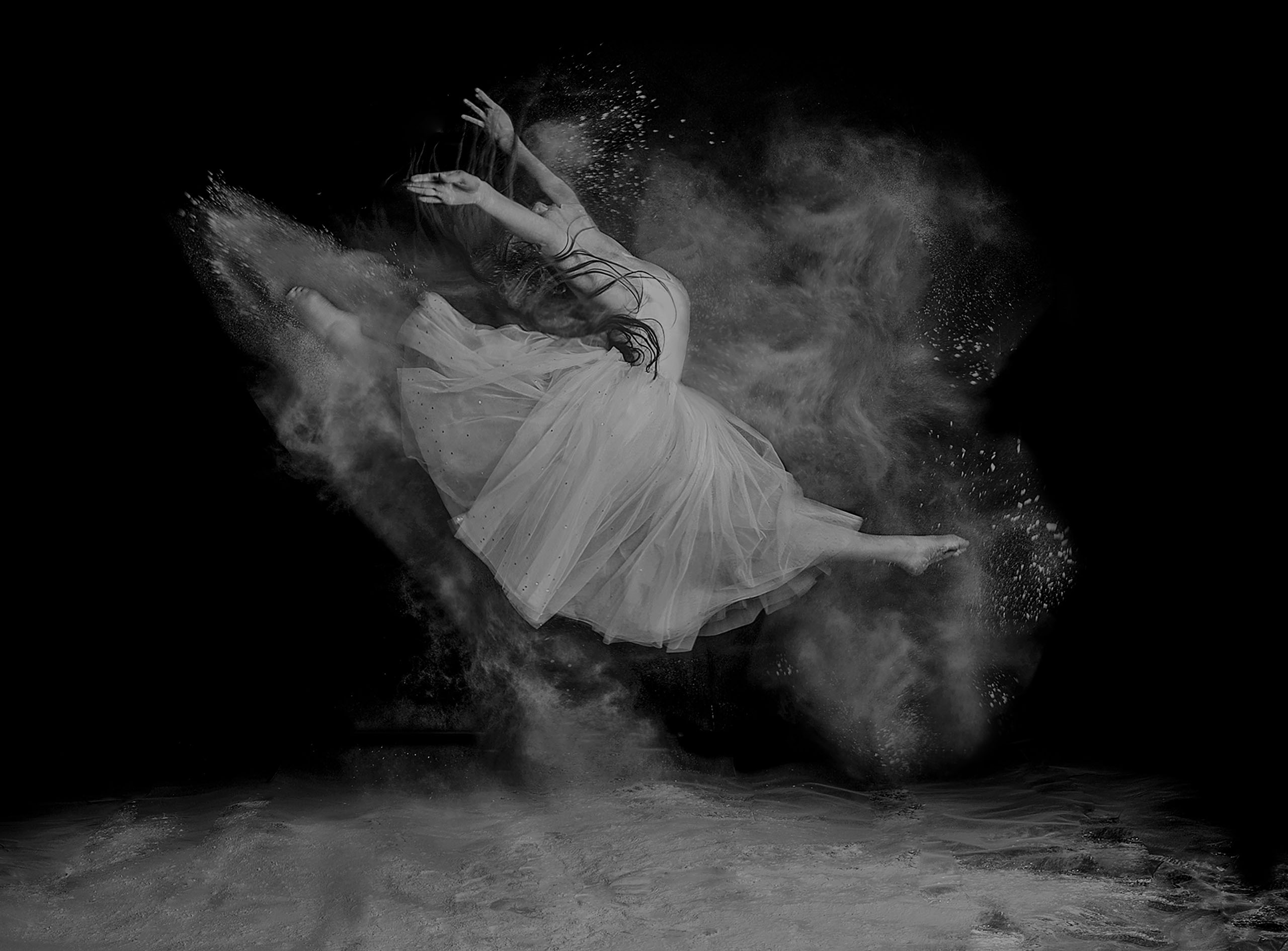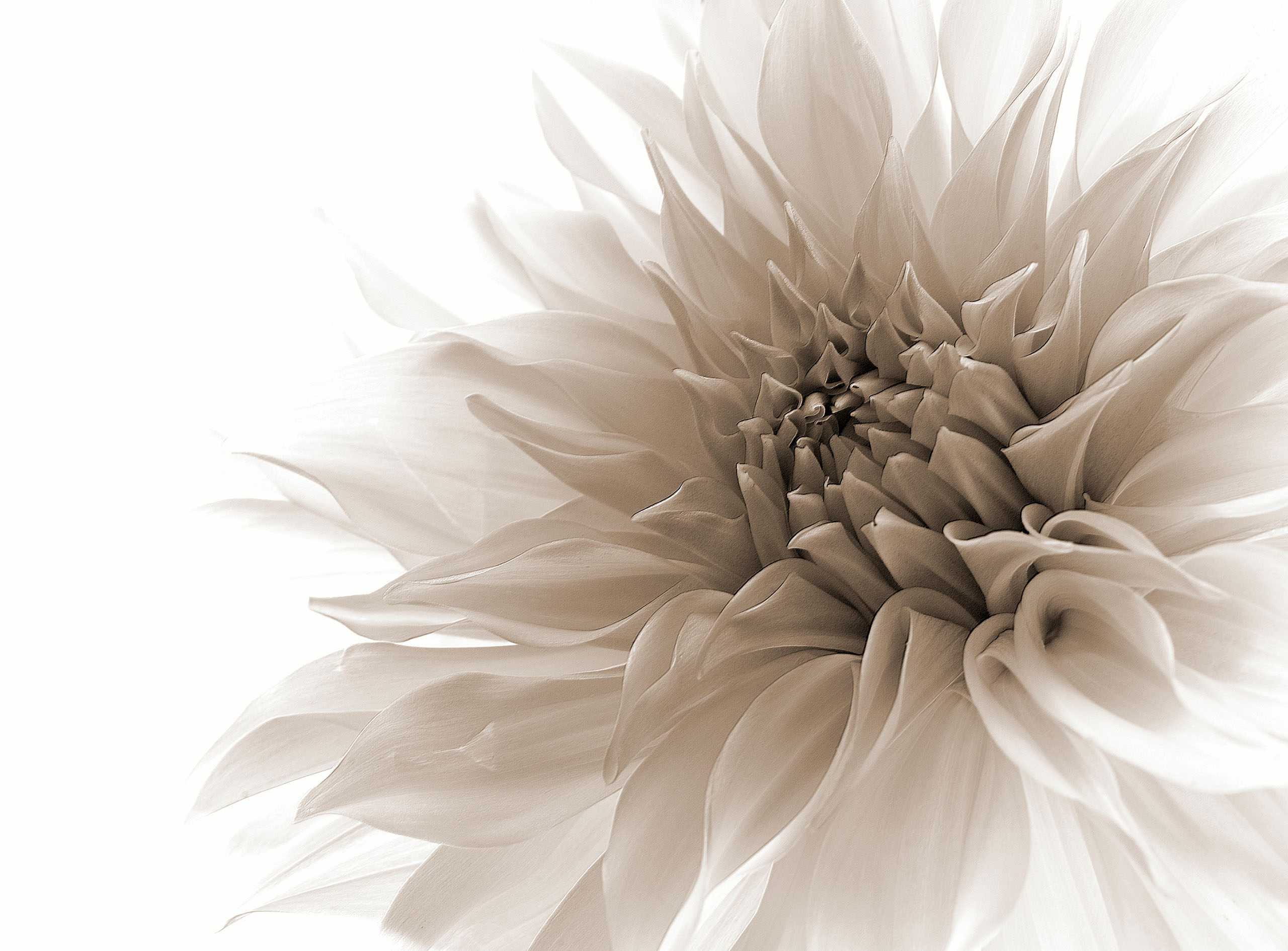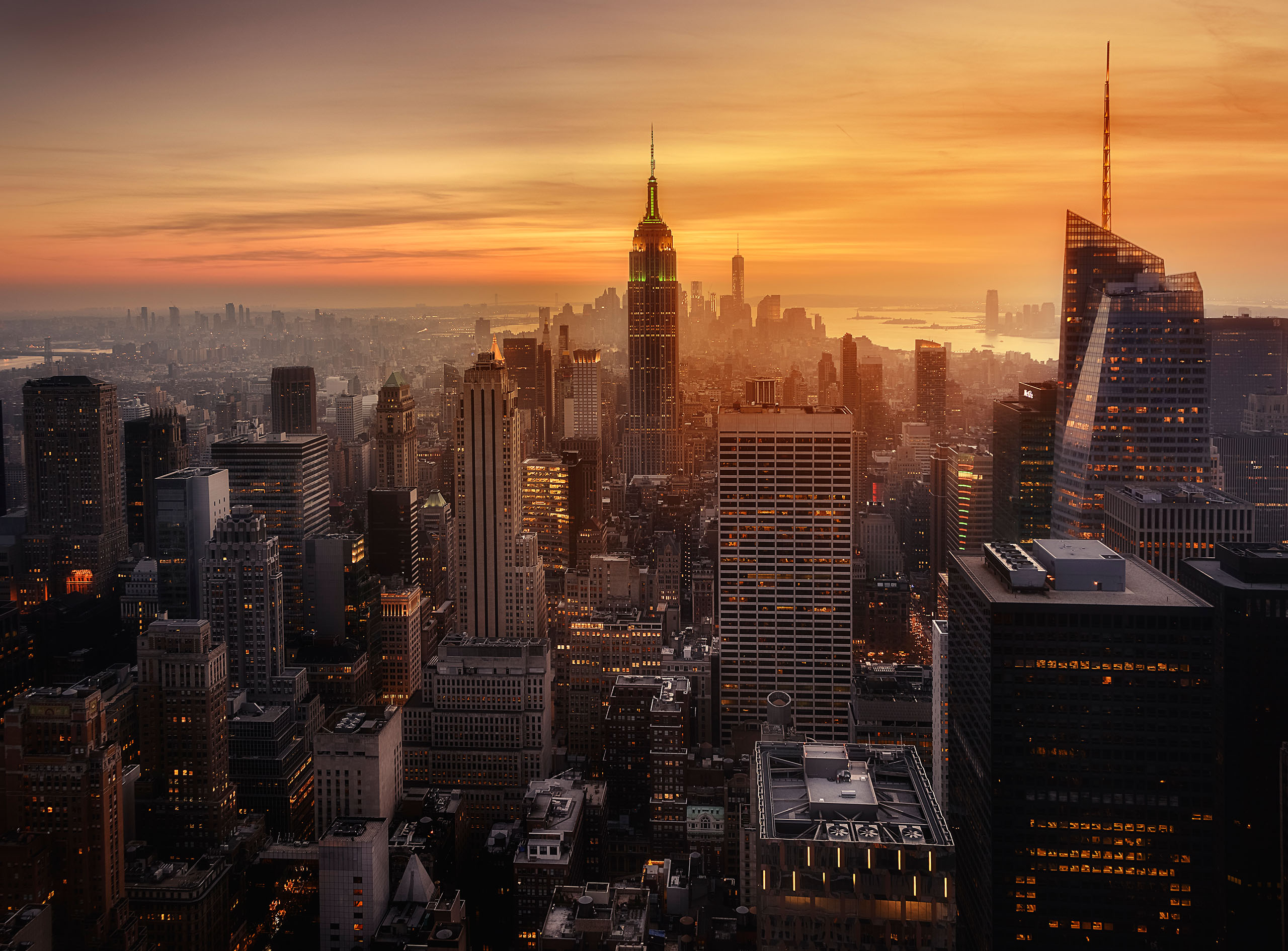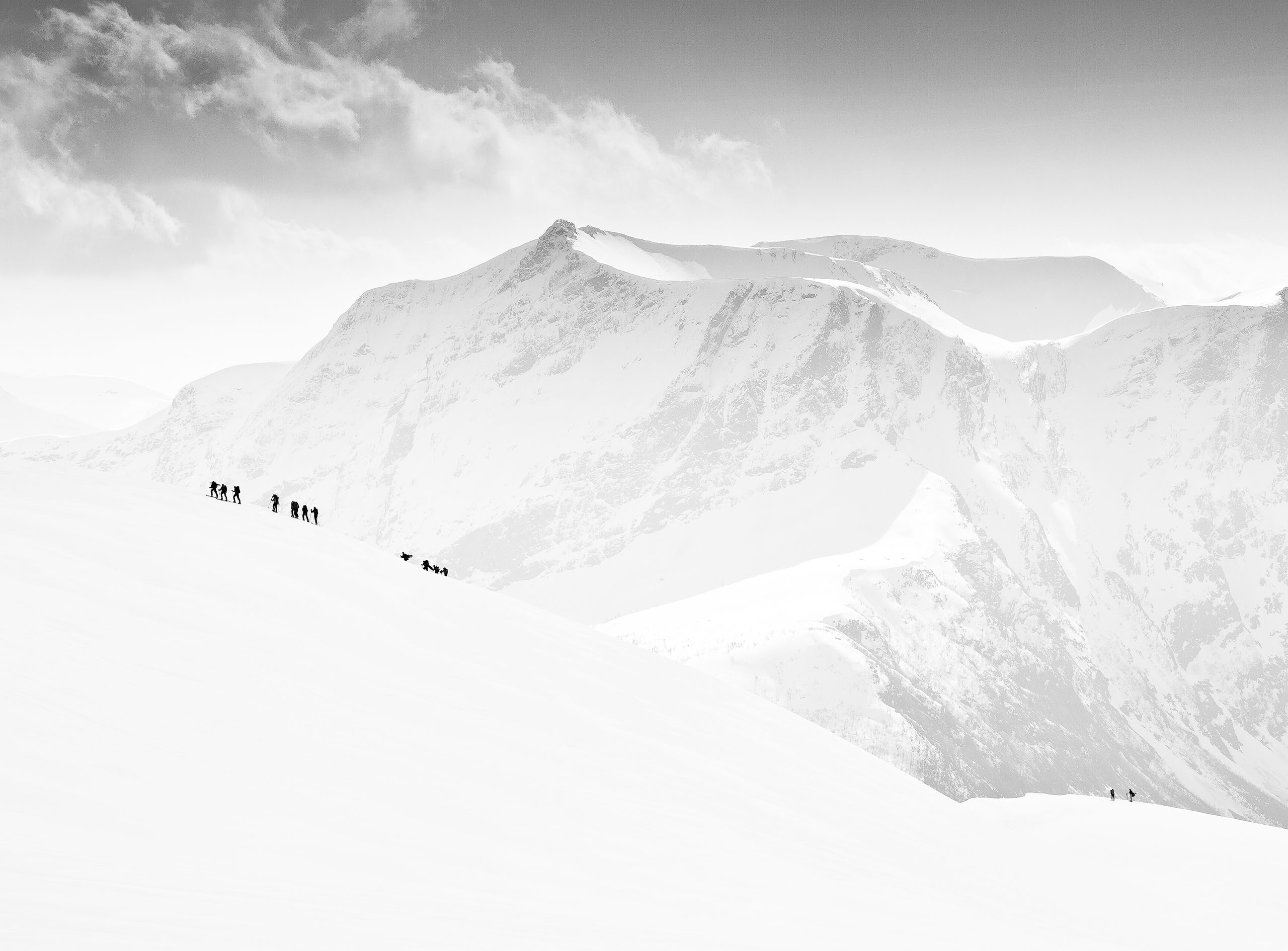SEARCH






|
|
|
|


by Yvette Depaepe
Published the 27th of October 2025
Jürgen Muß is an excellent architectural photographer. He is fascinated by the clarity of form, as well as by recurring lines and surfaces. Materials such as glass, steel and concrete also capture his interest. He loves experimenting with these shapes and materials in his photography. Jürgen's aim is to make the invisible between the lines and the quiet behind the obvious tangible. Read this interview to learn more about the artist behind his images. Enjoy!
‘FaçadeUncommonView’
My name is Jürgen Muß. I am married and live in Rohlstorf in the state of Schleswig-Holstein. After spending thirty years in Hamburg, I moved to the countryside. We now live 26 kilometres from the Baltic Sea in a house with a large garden, which is both a great joy and a lot of work!
I studied Communication Design at the Folkwang University of the Arts in Essen.
During my studies, I also attended fine arts courses focusing on photography and painting, and participated in my first group exhibitions.
After graduating, I worked as an art director and editorial designer in Berlin, Düsseldorf and Hamburg. As my studies at Folkwang were very artistic, it was initially difficult for me to gain a foothold in advertising with such a background.
Alongside my work, I continued to paint and take photographs, mostly abstract paintings. I preferred to work at night, often painting through to the morning. In the late 1980s, I moved from Berlin to Hamburg. This magnificent city, with its vast harbour that only reveals its true beauty at night when illuminated, has always inspired me as a photographer.
At some point, I had to choose between painting at night and photography; both were impossible in terms of time. After about forty years, I transitioned from painted images to light images. My curiosity to discover my world through photography was, and still is, immense.
Now retired, I can fully enjoy my time as a photographer and sculptor. To provide a manual counterbalance to photography, I also create abstract wooden sculptures.
When and how did you begin your journey in photography?
My first photographic experiments took place during my studies, when I was still using analogue cameras. With my own black-and-white darkroom and my first semi-automatic analogue SLR camera — a Minolta SRT 303B — I photographed everything that came before my lens. I still own that camera today. I love it dearly.
For many of us, photography is either a hobby or a way of life. How would you describe your relationship with photography?
For me, photography is a way of life. I photograph with passion, driven by inspiration, happiness, creativity, curiosity and longing. I am ready to take photos at any time of day or night. Often, I don't return home until the early hours of the morning, when I sit down at my desk and begin my first review, and sometimes even the first edit, of truly special images.
‘BeachHouse’
‘Dockland_II’
‘NightWorking’
What has been the most important experience so far that has influenced your journey in photography?
It was realizing that photography knows no time. It exists in the twilight, the glow of dawn and the deep stillness of night. The most important thing was surrendering to this timelessness and being ready to step outside whenever the light calls. In those moments, I experience a sense of quiet happiness and well-being from being alone with my camera. Photography becomes a kind of meditation; a gentle peace that moves in harmony with the rhythm of light.
You have your own style. What draws you to architecture photography?
I am a city person and have always lived in cities, so I have been confronted with architecture my whole life and have become increasingly fascinated by it. When I was younger, I was drawn to Baroque architecture, with its dramatic opulence, ornate details and monumental forms. While I still enjoy visiting cities like Rome, Paris, Barcelona, Vienna and Florence, my view of architecture has changed profoundly. Now, I am fascinated by the clarity of form and recurring lines and surfaces. Materials such as glass, steel and concrete also capture my interest. I now find it far more exciting to experiment with these shapes and materials in my photography.
‘ModernFacade’
Which is more important to you: the mood or story behind your images, or technical perfection?
All of my images, whether architectural or landscape, probably reveal that mood is more important to me than perfect technique. A colleague once wrote of my photographs: 'Your photos always possess a soothing drama.' That sums it up quite well. However, I do pay attention to technique. I use professional, high-quality equipment and edit my photos on a Mac. I pay great attention to ensuring that my images are neither blurred nor shaky.
‘Leuphana_IV’
‘ModernTimes’
What is your relationship with your subject matter beyond merely observing it?
Do you carefully prepare the locations where you intend to take photographs?
I don't have a deeply personal relationship with my architectural subjects. Of course, I am fascinated and often impressed by many buildings. However, even inconspicuous structures can offer interesting photographic opportunities. My preparation varies. Sometimes I take a spontaneous approach and see what awaits me, while at other times I scout locations myself, noting light directions and observing where sunlight falls. When I'm taking photos near the Elbe or in Hamburg's harbour, I always check the tide tables. I was recently in Düsseldorf briefly without my camera and took a few nice architectural shots with my phone, but that's the exception as I don't enjoy taking photos with a phone.
Describe your overall photographic vision.
'Vision' is a big word, and yet it best describes what drives me. My photography does not follow a strict plan or an overarching concept. It grows out of the moment and the encounter with what lies before me. I don't just want to show what is; I want to make the invisible between the lines and the quiet behind the obvious tangible.
Could you tell us more about your creative process, from initial idea to final product?
My ideas often come from careful observation, particularly on city breaks, when I act as my own location scout. I usually take reference shots on my phone to help me remember locations that I find helpful in large or unfamiliar cities. I don’t plan everything down to the last detail. I prefer to let the existing circumstances guide and challenge me. This makes the process more exciting for me personally.
Then there is the light, the position of the sun and the interplay of shadows to consider. I have an app that shows the exact position of the sun and moon, including shadow lengths. However, in architectural photography, that level of calculation feels excessive and I hardly ever use it. In landscape photography, however, it can be useful, for example when trying to capture a sunrise or sunset and needing to know exactly where the sun will appear.
When I return to my small studio after a trip, I start by reviewing the locations and subjects. From there, I decide how to proceed.
Where do you look for inspiration, and what inspires you the most?
When I browse social media, inspiration is everywhere. I’m constantly amazed by the variety and quality of the photographs on Instagram. I explore different platforms out of interest and am a member of several communities, such as 1x.com, Fotocommunity and Facebook groups like Imagination, The Universe of Colour Photography and International Architecture Photography. Music and museum visits can also inspire me.
In your opinion, what are the main features of a successful architecture photographer?
Firstly, the obvious: mastery of the camera in manual mode. They should have a feel for light, colour and composition. They should also be sensitive to different weather conditions, such as fog, rain, clouds, sunshine and snow. The ability to handle backlight skillfully is also essential. Twilight and, above all, the golden and blue hours are essential. It is crucial to guide the viewer’s gaze intentionally, as are ND and polarizing filters.
Many people believe that gear is not very important when you are passionate about photography. However, could you please tell us what equipment you use (camera, lenses, lighting, tripod, etc.)?
I know it's the person behind the camera who takes a good photo, not the expensive equipment. A talented photographer can take better photos with a phone than an untrained photographer can with the most spectacular equipment.
Nevertheless, I have always enjoyed investing in good tools. I continue to work with DSLR cameras and am sure that switching to mirrorless would not necessarily improve my photos.
My equipment includes:
Analogue cameras: Nikon F801, Minolta SRT 303b, Polaroid SX 70
Digital cameras: Nikon D850, D750, D5500
Wide-angle lenses: Samyang 10 mm, Tamron 15–30 mm, Sigma 24 mm, Sigma 35 mm, Sigma 50 mm, Nikon 50 mm
Telephoto lenses: Nikon 60 mm, Tamron 90 mm, Tamron 70–200 mm, Nikon 70–200 mm, Sigma 150–600 mm
Tripods: Manfrotto, Rollei, Benro
Filter system: Haida 100 × 150 mm
Which photo is your favourite? Please tell us the story behind it.
I don't think I have a single "best" photo. There are always three or so that keep changing as my favourites. They don't have to be technically perfect; they just have to speak to me the most at the time. Currently, it's the photo Leuphana_III.
‘Leuphana_III’
Years ago, when I was still living in Hamburg, I briefly noticed this university building, but I soon forgot about it. In July of this year, before sunrise, I went out to photograph Hamburg’s HafenCity, and then I spontaneously decided to drive to Lüneburg. The building immediately captivated me, even though I didn't know at first that it had been designed by the famous architect Daniel Libeskind. How do Libeskind and the small town of Lüneburg fit together? The answer: Libeskind held a professorship there until 2016. The building is a revelation to me.
Which photographers or mentors have influenced you and your photography, and who are your favourites?
Although one could certainly learn much from studying famous photographers and imitating their photos, I’ve never tried to do that. However, that approach has never interested me. When I see a good photo, I ask myself what I like about it. Would I have taken it the same way or differently?
Now that we are almost at the end of this interview, could you please tell us about any photographic projects you would like to be involved in?
I am driven by the desire to find photographic subjects for which, to my knowledge, no good photograph exists yet, ideally none at all. Such opportunities are becoming increasingly rare. Leuphana University and the Westfield building in Hamburg’s Harbour City were two such lucky breaks for me. I was among the first to photograph it. I plan to head north towards Denmark soon, in search of new architectural subjects. I’m certain I’ll find them.
Is there anything else you would like to add, and what are your thoughts on using 1x.com as a home base for your work?
1x.com is a special place for me. It's a platform where quality counts and where you can measure yourself against other artists while finding inspiration. Photography is taken seriously here — not as a passing gesture, but as a form of expression and art. I appreciate the diversity, the respect for others' work, and the exchange. It's motivating to be part of a community that loves light as much as I do.
‘FromTheMiddle’
‘LIghtAndShadow’
‘Skyscraper’
‘Isbjerget’
‘NightBridge’
‘ModernFacade’
‘Restaurant’
‘Breuninger’
‘GoodsStation’
‘TowerRed’
‘NewSeabridge’
 | Write |
 | Hans-Wolfgang Hawerkamp PRO wunderbare Kollektion Deiner Arbeiten, die hier an dieser Stelle entsprechende Würdigung finden |
 | Cristiano Giani PRO Spectacular images. Many congrats, and thanks for sharing... |
 | lusiyuan-bubusy PRO Different brightness and color sense |
 | Calvin Feng PRO
Excellent and inspirational work, congratulation! |
 | Jürgen Muß PRO Thank you very much Calvin! |
 | Lucie Côté PRO You’re au great inspiration’s source, my dear. I love all of your fotos !!! Thanks for this interview !! |
 | Jürgen Muß PRO I'm glad to hear that! Many ThankS Lucie! |
 | Wayne Pearson PRO Excellent and inspirational work and personal story regarding photography, thank you Jurgen and Yvette. |
 | Jürgen Muß PRO Many thanks for the compliment Wayne! |
 | Eduardo Blanco García PRO Excellent |
 | Jürgen Muß PRO Thanks a lot Eduardo |
 | Eiji Yamamoto PRO Dear Yvette and Jürgen, thank you so much for this wonderful interview with great photos! It's very inspiring! |
 | Jürgen Muß PRO Eiji, I am really delighted to hear that! |
 | Miro Susta CREW Very interesting, as always, interview Yvette, wonderful photographs Jürgen, many thanks to both of you for bringing it to us. |
 | Yvette Depaepe CREW Thanks a lot, Miro ... |
 | Jürgen Muß PRO Dear Miro, thank you very much for your compliment, and I would also like to take this opportunity to thank Yvette again for making this interview possible! |
 | Molly Fu APA PRO Beautiful insights into Jürgen Muß’s art pieces: where glass, steel, and shadow whisper the poetry of form in his own style of architecture images, congrats! Thanks dear Yvette for another wonderful interview, very attractive! |
 | Yvette Depaepe CREW Thanks Molly ... Always nice to present talented photographers to the readers! |
 | Jürgen Muß PRO I am really delighted to hear that Molly! |
 | Patrick Compagnucci PRO Beautiful work. I love your images! |
 | Angelika Vogel I'm fascinated by your unique style of photographing modern architecture and by your written comments and discriptions! Congratulations Jürgen and many, many thanks to you and Yvette for this very interesting article. |
 | Yvette Depaepe CREW My pleasure, Angelika ... Jürgen is a talented architectural photographer, indeed. |
 | Jürgen Muß PRO What a wonderful comment from you, Angelika, and thanks again to Yvette for her words! |
 | Gabriela Pantu PRO Such an exquisite portofolio, creative approach, great sense of light, color energy, and balance, love the feeling that the buildings are breathing.Congratulations for the delightful artwork, Jürgen, and thank you for sharing your thoughts, so inspiring.And thank you, dear Yvette, as always.<3<3 |
 | Yvette Depaepe CREW Thank you, Gabriela ;-) |
 | Jürgen Muß PRO Thank you, Gabriela! Your comment makes my heart skip a beat. That feels really good. Thank you for that. |